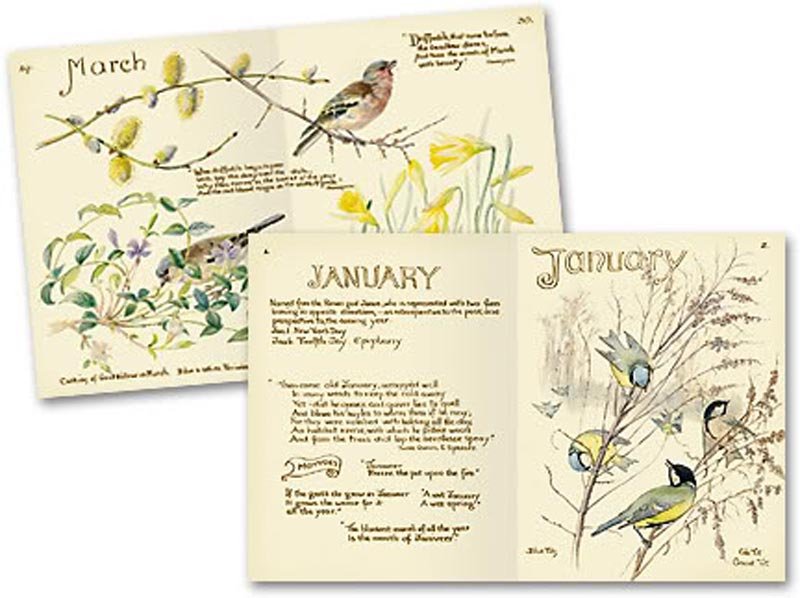Charles Darwin is best known for discovering how species evolve and adapt, and summer is a great time for you and your teen to follow in his footsteps. Take advantage of the sunny, warm weather and accompany your teen on an adventure in species mapping.
Here’s an activity that encourages your child to be outdoors and provides tips on creating a Darwin-esque Nature journal by having him research and track a native species. By creating an interactive observation notebook, not only will your teen strengthen his organizational skills, but also he’ll get a chance to see the world around him with a new appreciation.
What You Need:
❑ Access to the library or Internet
❑ Any notebook
❑ Pen
❑ Pencil
What You Do:

- Do the Research
❑ Visit your local library or use the Internet to research several species that are indigenous to your area. The examples of search topics might be “Indian flowers” or “bird species of Rajasthan”.
❑ Choose at least two species-one plant and one animal-that you’re fairly certain you can easily find in your area. In other words, try to stay away from reclusive animals or rare plants!
❑ Use the first few pages of your notebook to record what you’ve learnt, including the drawings of the species, details on its habits, and information about where it can be found. - Create an Observation Chart.
❑ In your notebook, set up a chart for observing your species in Nature. Create one chart for each species you’ve chosen.
❑ Create five columns, and label the first column of your chart with the heading “Date and Time”. Label the remaining columns with these headings: “Location,” “Weather Conditions,” “Species Sighted?” and “Observations”.
Make sure to leave extra room at the bottom for any additional notes. - Plan your Observations
❑ Choose a few spots where you’ll go to observe your species. Make sure that these spots are easily accessible, and that you’ll be able to return to them at least a few times in the coming weeks.
❑ Plan your observation schedule by deciding how often you’ll visit your chosen spots, and over what time period your observations will take place. An ideal schedule might be to visit your spots once per week for three consecutive weeks, though visiting your spots daily over several days would also work fine. - Complete Your Observations
❑ Following your observation schedule, begin your research. Bring your notebook and visit each spot you’ve chosen. Make sure to fill in every column, recording as much detail as possible. - Compile Your Notes
❑ Take the time to read your notes carefully, looking for general trends. When you review the results, note how your species behave and how they seem to have adapted to their settings.

